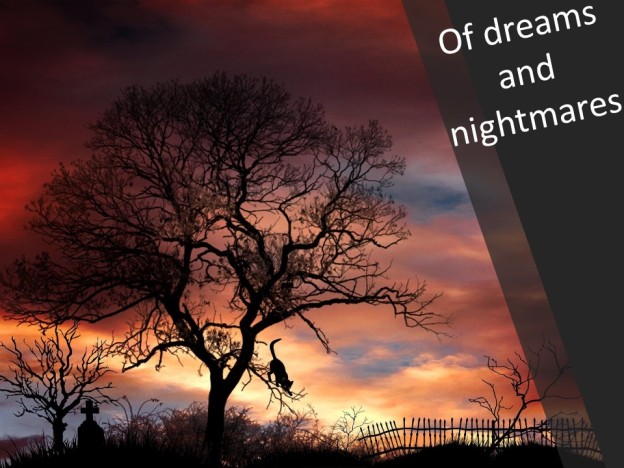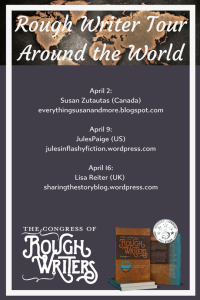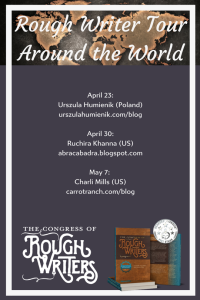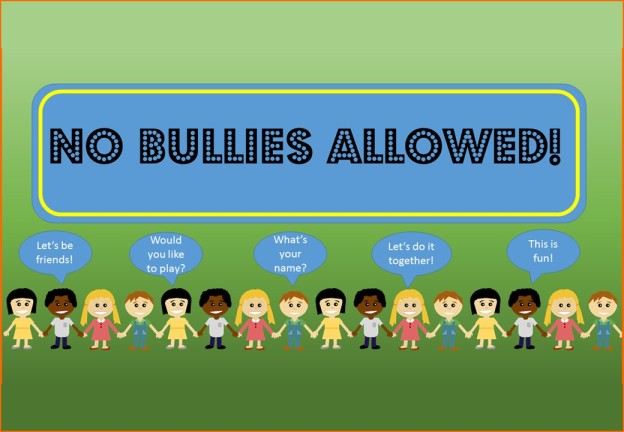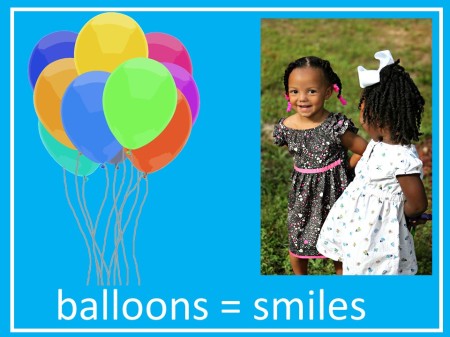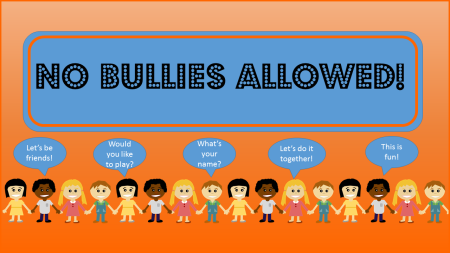Do you remember the moment you fell in love–the moment the passion ignited, and you knew life would never be the same again?
I remember the moment my love affair with flash fiction began. Like many love affairs, it took me by surprise, lifting me up with its power to seduce, challenge and excite in a whirlpool of emotions.
That moment occurred exactly four years and one week ago when, on 12 March 2014, I published my response to the first flash fiction prompt posted by Charli Mills at the Carrot Ranch. Charli challenged writers to In 99 words (no more, no less) write the aftermath of an avalanche of any kind from any perspective.
Flash fiction was new to me. I’d written short stories, children stories, poetry, songs, and educational books and resources, but never flash fiction. However, I do love a challenge and had been anticipating having a go at flash fiction after Charli’s announcement a few months prior.
This is my response, my first ever attempt at flash fiction:
Avalanche
The trickle began; imperceptible, unheeded and ignored.
Needing more attention, the volume swelled and quickened pace.
Still no attention was forthcoming so the surge became more urgent and incessant in its plea.
“Slow down! Stop me!”
To no avail.
The avalanche engulfed her.
Heat flashed through her body, from feet straight to her head.
Heart pounding loudly, “Let me out of here!” it pled.
With reverberations magnified in each and every cell,
the heady swirl became too much –
she trembling choked. “I’m dying?”
But no:
B-r-e-a-t-h-e s-l-o-w.
B-r-e-a-t-h-e d-e-e-p.
R-e-l-a-x.
S-o-o-t-h-e.
B-r-e-a-t-h-e . . .
The panic abates.
I was just one of five to respond to that first prompt. Four of those writers, including me of course, are still regular visitors to the Carrot Ranch, are members of the Congress of Rough Writers, and are contributors to the Congress of Rough Writers Flash Fiction Anthology Vol 1. That’s pretty awesome, I think.

Watch the trailer here:
Over the years, the number of Congress members has grown to thirty-two and the number of participants in the Flash Fiction challenges swells to more than fifty some weeks.

What an amazing achievement: from small things, big things grow. Charli’s vision has not wavered from the outset. She held to her path through all manner of life’s storms. Battered but not beaten, she persisted when lesser mortals would have caved. She continues to welcome, encourage and support all writers with her vision to make literary arts accessible to all. With the publication of this anthology, a digital compilation of entries in the inaugural Flash Fiction Rodeo now in production, and Anthology Vol 2 in the pipeline, she shows what is possible through vision, determination and growth mindset.
During the four years I have been participating in Charli’s challenges, I have learned a lot, not only about writing, but about life. The warmth and encouragement of the community of writers that have gathered around Charli is uplifting. The synergy and combined effect of all our stories, written and shared in a safe environment, raises us up together to walk on each other’s shoulders.
In 2015, I wrote this about what I had learned from writing flash fiction. The learning continues with my own “yet’ mindset.
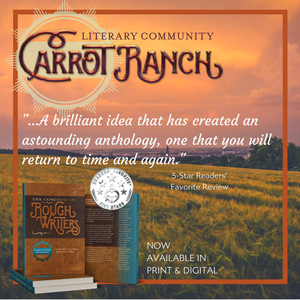
About the Anthology
Thirty writers began with 99 words and forged literary feats. Vol. 1 explores the literary art of flash fiction, beginning with the earliest compilations at Carrot Ranch and later pieces based on a new flash fiction prompt. This is not your typical anthology. It continues with longer stories extended from the original 99-word format and essays on how flash fiction supports memoir writing. Based on the experiences at Carrot Ranch, the concluding section of Vol. 1 offers tips to other groups interested in using the flash fiction format to build a literary community.
Charli Mills, Series Editor, Publisher & Lead Buckaroo
Sarah Brentyn, Editor & Contributor
The Congress of the Rough Writers (contributors):
Anthony Amore, Rhode Island, USA; Georgia Bell, Toronto, Ontario, Canada; Sacha Black, England, UK; Sarah Brentyn, USA; Norah Colvin, Brisbane, Qld, AU; Pete Fanning, Virginia, USA; C. Jai Ferry, Midwest, USA; Rebecca Glaessner, Melbourne, Vic, AU; Anne Goodwin, England, UK; Luccia Gray, Spain; Urszula Humienik, Poland; Ruchira Khanna, California, USA; Larry LaForge, Clemson, South Carolina, USA; Geoff Le Pard, Dulwich South London, UK; Jeanne Belisle Lombardo, Phoenix, Arizona, USA; Sherri Matthews, Somerset, UK; Allison Mills, Houghton, Michigan, USA; Charli Mills, Hancock, Michigan, USA; Paula Moyer, Lauderdale, Minnesota, USA; JulesPaige, Pennsylvania, USA; Amber Prince, North Texas, USA; Lisa Reiter, UK; Ann Edall-Robson, Airdrie, Alberta, Canada; Christina Rose, Oregon, USA; Roger Shipp, Virginia, USA; Kate Spencer, British Columbia, Canada; Sarah Unsicker, St. Louis, Missouri, USA; Irene Waters, Noosaville, Qld, AU; Sarrah J. Woods, Charleston, West Virginia, USA; Susan Zutautas, Orillia, Ontario, Canada.
From the back cover:
Witness great feats of literary art from daring writers around the world: stories crafted in 99 words.
Flash fiction is a literary prompt, form, and tool that unites writers in wordplay. This creative craft hones a writer’s skills to write tight stories and explore longer works. It’s literary art in thoughtful bites, and the collective stories in this anthology provide an entertaining read for busy modern readers.
Writers approach the prompts for their 99-word flash with creative diversity. Each of the twelve chapters in Part One features quick, thought-provoking flash fiction. Later sections include responses to a new flash fiction prompt, extended stories from the original 99-word format, and essays from memoir writers working in flash fiction. A final section includes tips on how to use flash fiction in classrooms, book clubs, and writers groups.
CarrotRanch.com is an online literary community where writers can practice craft the way musicians jam. Vol. 1 includes the earliest writings by these global literary artists at Carrot Ranch. Just as Buffalo Bill Cody once showcased the world’s most daring riding, this anthology highlights the best literary feats from The Congress of Rough Writers.
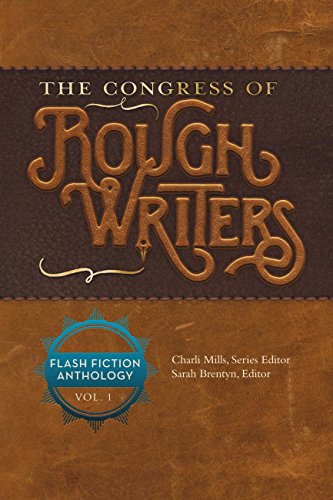
In case you haven’t got yours yet, here’s where to purchase
The Congress of the Rough Writers Flash Fiction Anthology Vol. 1 is available through distribution in 17 countries worldwide. Buy direct from our Print on Demand distributor at Book Baby.
Preferred Seller:
The-Congress-of-Rough-Writers
Also available from:
Amazon Global Digital
Amazon Global Print
Be sure to check out other stops on the Congress of Rough Writers Tour Around the World.
We have already visited
Sherri Matthews UK
Luccia Gray in Spain
Sacha Black in the UK
Ann Edall-Robson in Canada
Anne Goodwin in the UK
Geoff Le Pard in the UK
Next week we will visit Irene Waters, another Australian. (You’ve travelled so far, we want you to make the most of your journey!)
The tour continues through April and into May. Be sure to not miss a stop along the way.

Thank you for reading. I appreciate your feedback. Please share your thoughts.






